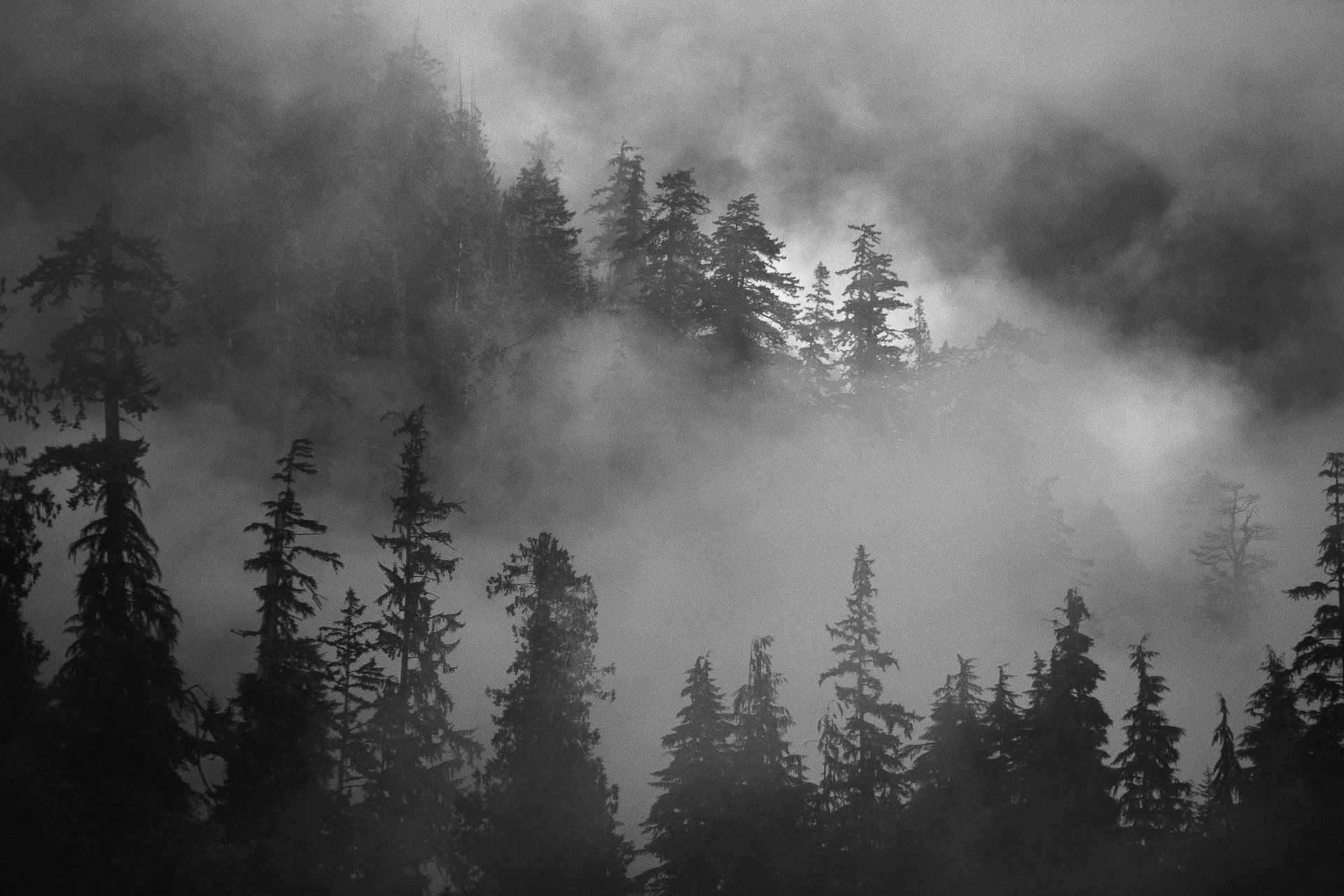Unveiling the Essence of Midwestern Stories
- Jay Whales

- Oct 6
- 3 min read
The Midwest has long been a fertile ground for storytelling, offering a unique blend of landscapes, cultures, and histories that shape its literary voice. Midwestern literature themes capture the spirit of this vast region, reflecting its values, struggles, and triumphs. From small-town life to the expansive plains, these stories reveal the heart of the American Midwest in ways that resonate deeply with readers.
Exploring Midwestern Literature Themes
Midwestern literature themes often revolve around community, resilience, and the connection to the land. These stories frequently highlight the simplicity and complexity of rural and small-town life. Common motifs include:
Family and Tradition: Many narratives focus on generational ties and the passing down of values.
Isolation and Connection: Characters often grapple with feelings of loneliness while seeking meaningful relationships.
Nature and Environment: The landscape itself becomes a character, influencing mood and plot.
Work and Identity: Stories explore how labor, especially farming and industry, shapes personal and communal identity.
For example, in Willa Cather’s works, the vast Nebraska plains are not just a backdrop but a living force that shapes her characters’ destinies. Similarly, Sherwood Anderson’s Winesburg, Ohio delves into the inner lives of small-town residents, revealing universal human experiences through local stories.

Understanding these themes helps readers appreciate the depth and diversity of Midwestern literature. It also provides writers with a rich palette to draw from when crafting authentic stories rooted in this region.
The Role of Landscape in Midwestern Stories
The Midwest’s geography plays a crucial role in shaping its literature. The flat plains, rolling hills, and expansive skies create a sense of openness and sometimes isolation. This environment influences the mood and themes of many stories.
Writers often use the landscape to symbolize freedom, hardship, or change. For instance, the endless fields can represent opportunity but also loneliness. Harsh winters and unpredictable weather add tension and challenge to characters’ lives.
In addition, the changing seasons are frequently used to mirror emotional cycles or plot developments. Spring might symbolize hope and renewal, while winter can represent death or stagnation.
This intimate relationship between land and story is a hallmark of Midwestern literature. It grounds narratives in a tangible reality that readers can visualize and feel.

What is the Best Western Novel Ever Written?
When discussing Midwestern literature, it’s impossible to ignore the influence of Western novels, many of which overlap with Midwestern themes. The best Western novel often cited is Lonesome Dove by Larry McMurtry. This epic tale captures the rugged spirit of the American frontier, blending adventure with deep character studies.
Lonesome Dove stands out for its rich portrayal of friendship, survival, and the clash between civilization and wilderness. Though set in the West, its themes resonate with Midwestern values such as loyalty, hard work, and the struggle against nature.
Other notable Western novels that echo Midwestern sensibilities include:
My Ántonia by Willa Cather - a story of immigrant life on the Nebraska prairie.
The Ox-Bow Incident by Walter Van Tilburg Clark - a moral tale set in a small Western town.
True Grit by Charles Portis - a tale of justice and determination.
These novels contribute to the broader understanding of Midwestern and Western American identity, blending history, myth, and personal experience.

How Midwestern Stories Reflect American Values
Midwestern stories often embody core American values such as hard work, honesty, and community spirit. These narratives celebrate ordinary people facing extraordinary challenges with dignity and perseverance.
The emphasis on family and community highlights the importance of support networks in overcoming adversity. Many stories also explore themes of justice and fairness, reflecting the region’s cultural emphasis on equality and integrity.
Moreover, Midwestern literature frequently addresses social issues like economic hardship, migration, and cultural change. By doing so, it offers a nuanced view of American life beyond the coastal urban centers.
For readers and writers alike, these stories provide valuable insights into the American experience. They remind us that the heart of the nation often beats strongest in its heartland.
Discovering More Midwestern Stories
For those interested in diving deeper into the world of Midwestern literature, there are many resources and collections available. One excellent place to explore is mid-western-stories, a platform dedicated to sharing authentic narratives from the region.
Engaging with these stories can broaden your understanding of the Midwest’s cultural landscape. Whether you are a reader seeking new voices or a writer looking for inspiration, immersing yourself in Midwestern literature themes offers a rewarding experience.
By appreciating the unique blend of history, environment, and human spirit found in these stories, you connect with a vital part of America’s literary heritage.
Midwestern literature themes continue to evolve, reflecting the changing realities of the region while preserving its timeless essence. Through vivid storytelling and rich symbolism, these narratives invite us to explore the heartland’s soul and discover the universal truths within.































Comments